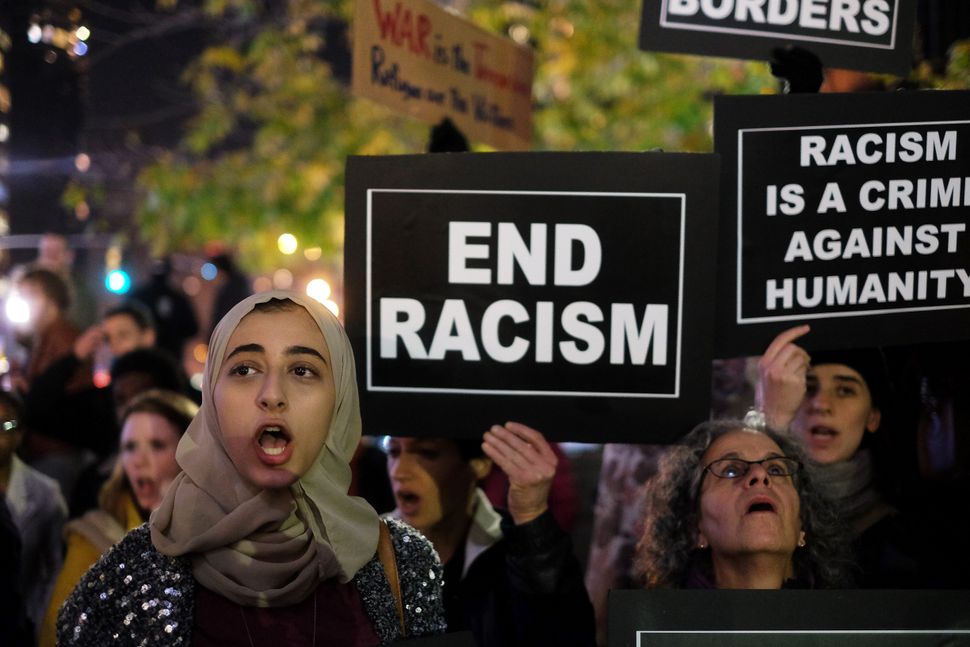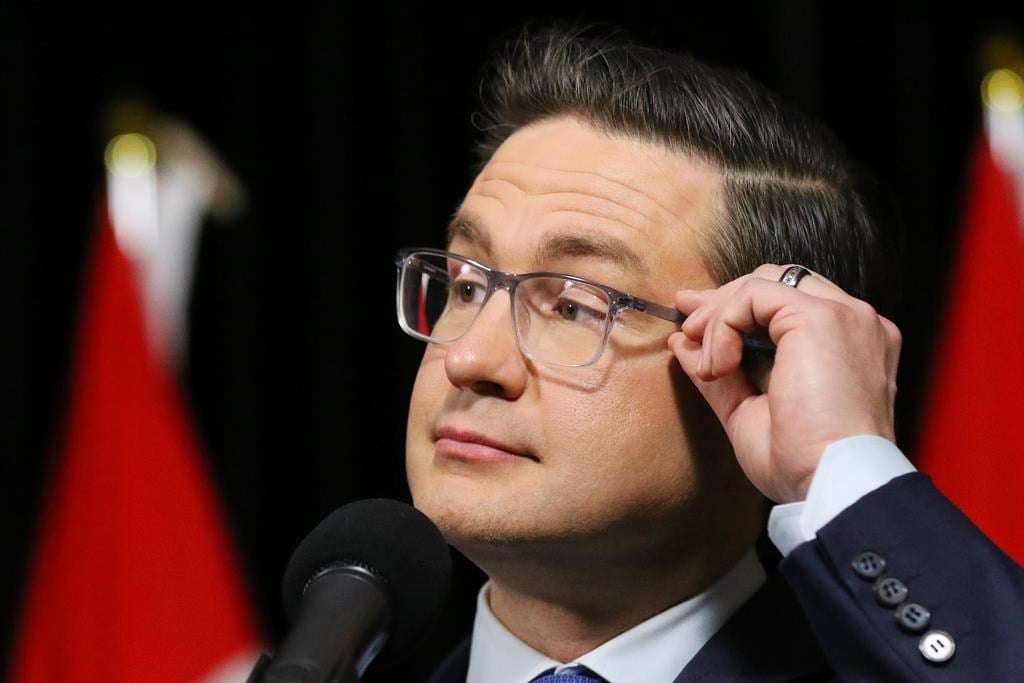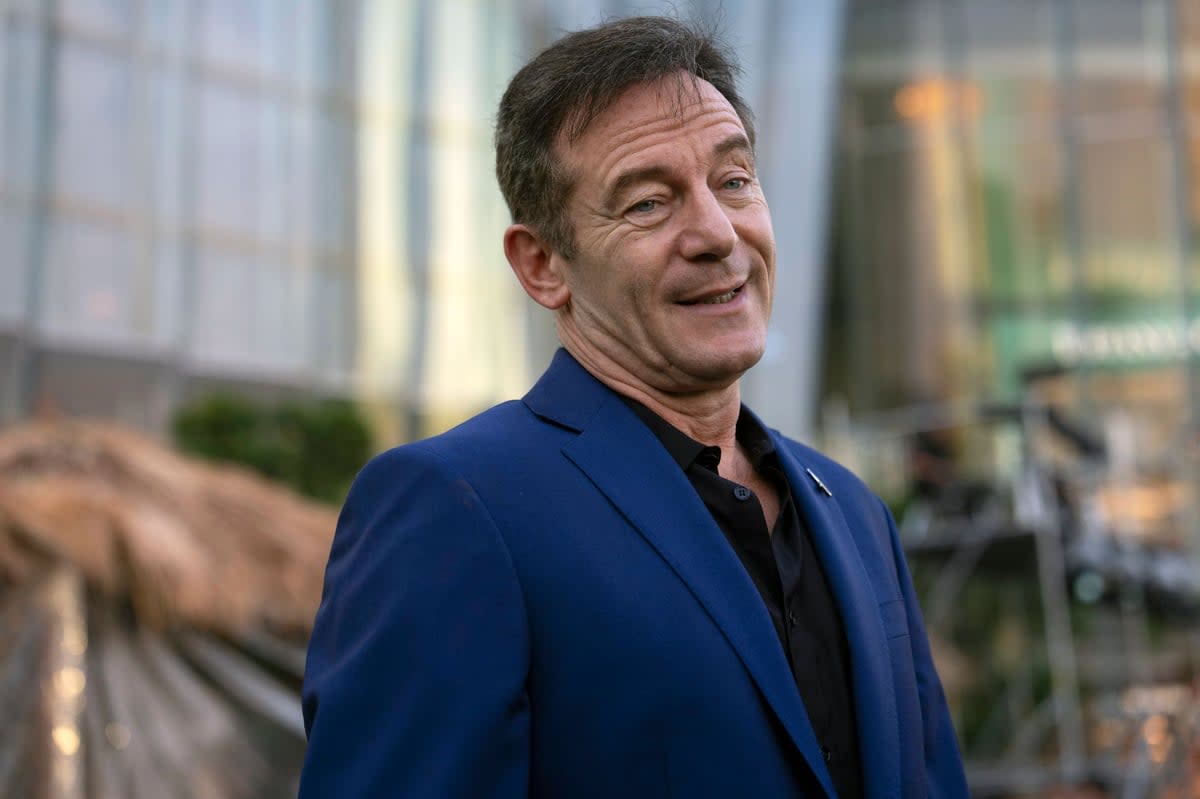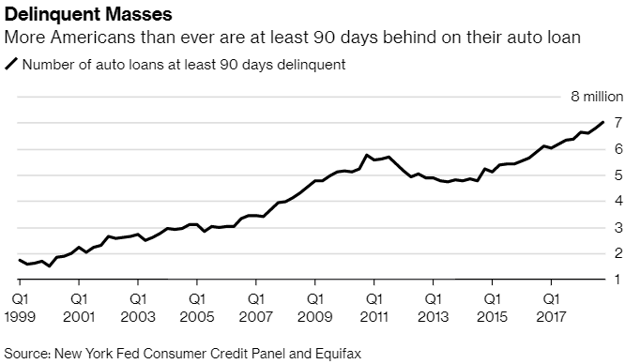Global Military Spending Increase: Analyzing Europe's Security Concerns

Table of Contents
The Ukraine Conflict as a Catalyst for Increased Military Spending
The Russian invasion of Ukraine served as a stark wake-up call, highlighting the vulnerability of European nations and dramatically impacting global military spending. The conflict acted as a powerful catalyst, accelerating existing trends and forcing a reassessment of defense priorities across the continent.
- Bolstered Defense Capabilities: Increased defense budgets are aimed at bolstering national defense capabilities and deterring further Russian aggression. This includes investments in advanced weaponry, improved intelligence gathering, and enhanced cybersecurity measures.
- Modernization Imperative: The conflict underscored the urgent need for modernization of military equipment and infrastructure. Many European nations are now scrambling to update outdated weaponry and improve interoperability within NATO.
- Military Aid to Ukraine: Significant increases in military aid to Ukraine, provided by numerous European nations and the US, have substantially added to the overall global military spending figures. This aid, while crucial for Ukraine's defense, also represents a considerable financial commitment from contributing countries.
- Strategic Reassessment: The war forced a comprehensive reassessment of European defense strategies, fostering closer cooperation within NATO and prompting discussions about enhanced collective defense mechanisms. This includes joint military exercises and improved intelligence sharing.
The Resurgence of Russia as a Security Threat
Russia's assertive foreign policy and military actions pose a significant and persistent threat to European security, driving up global military spending. This threat is multifaceted, encompassing conventional military might, cyber warfare, and disinformation campaigns.
- Aggressive Actions: The annexation of Crimea in 2014 and the ongoing full-scale invasion of Ukraine are stark examples of Russia's willingness to use military force to achieve its geopolitical objectives. These actions have shattered previous assumptions about European security.
- Military Modernization: Russia's ongoing modernization of its armed forces, including the development and deployment of advanced weaponry and its nuclear weapons capabilities, fuels significant security anxieties throughout Europe. This necessitates increased European defense spending to maintain a credible deterrent.
- Geopolitical Tensions: The rising geopolitical tensions between Russia and the West, coupled with Russia’s increasingly assertive stance in its near abroad, contribute to the sense of insecurity and the need for enhanced defense capabilities across Europe.
- NATO Expansion and Response: The potential for further Russian aggression and escalation demands a robust European security response, further solidifying the importance of NATO and leading to discussions about further expansion of the alliance.
NATO's Role in Shaping European Defense Strategies
NATO plays a crucial role in coordinating European defense efforts and providing a collective security framework, directly influencing global military spending patterns. The alliance's response to the Ukraine conflict has been pivotal in shaping European defense strategies.
- The 2% GDP Target: The 2% of GDP target for defense spending, while a long-standing aspiration, has become a key benchmark for alliance members, prompting many to increase their military budgets significantly.
- Enhanced Cooperation: Increased cooperation on intelligence sharing, joint military exercises, and the development of standardized military equipment are essential for effective deterrence and coordinated responses to potential threats.
- Alliance Cohesion and Challenges: The alliance's response to the Ukraine conflict has strengthened its cohesion in many ways, demonstrating the importance of collective defense. However, it has also highlighted some internal divisions and differing national priorities within NATO.
The Economic and Societal Implications of Increased Military Spending
The significant increase in military spending has broad economic and societal implications, potentially impacting funding for other crucial social programs and sparking public debate.
- Budgetary Constraints: The substantial increase in defense budgets creates budgetary constraints, forcing governments to make difficult choices about resource allocation. This raises questions about potential cuts to healthcare, education, and other vital social services.
- Opportunity Costs: There is ongoing debate about the opportunity costs associated with increased defense budgets. The resources invested in military spending could potentially be used for other priorities, such as infrastructure development, climate change mitigation, or poverty reduction.
- Public Opinion and Political Dynamics: Public opinion on military spending varies across European nations, reflecting differing security perceptions and priorities. This variation creates political challenges for governments seeking to justify increased defense expenditure.
- Long-Term Economic Impact: The long-term economic consequences of sustained high military spending require careful consideration. The potential impact on economic growth, inflation, and national debt needs to be assessed.
Conclusion
The surge in global military spending, especially within Europe, is a direct response to evolving security concerns, primarily driven by the ongoing conflict in Ukraine and the resurgent threat from Russia. Understanding the factors contributing to this increase—the catalyst of the Ukrainian war, the reassessment of Russia's capabilities, and the role of NATO—is crucial for navigating the complex geopolitical landscape. While necessary for ensuring national and collective security, sustained high levels of military expenditure raises significant economic and societal questions that demand careful consideration. Further research into the long-term impact of increased global military spending and its implications for European security is imperative. Analyzing the strategies and budgets of individual European nations will provide a more complete understanding of the evolving security situation and the continuing rise in global military spending.

Featured Posts
-
 Bangladesh Nrc Calls For Action Against Anti Muslim Conspiracies
May 01, 2025
Bangladesh Nrc Calls For Action Against Anti Muslim Conspiracies
May 01, 2025 -
 Concerns Rise Among Kashmir Cat Owners Following Viral Posts
May 01, 2025
Concerns Rise Among Kashmir Cat Owners Following Viral Posts
May 01, 2025 -
 Pierre Poilievre Loses Unexpected Election Results For Canadas Conservatives
May 01, 2025
Pierre Poilievre Loses Unexpected Election Results For Canadas Conservatives
May 01, 2025 -
 Celtics Championship Homestand Pressure Cooker Atmosphere
May 01, 2025
Celtics Championship Homestand Pressure Cooker Atmosphere
May 01, 2025 -
 When To Buy S And P 500 Downside Insurance A Volatility Based Approach
May 01, 2025
When To Buy S And P 500 Downside Insurance A Volatility Based Approach
May 01, 2025
Latest Posts
-
 Chris Paul Harrison Barnes And Julian Champagnies 2023 2024 Spurs Game Appearances
May 01, 2025
Chris Paul Harrison Barnes And Julian Champagnies 2023 2024 Spurs Game Appearances
May 01, 2025 -
 Evrobasket 2024 Sedlacek O Jokicu I Jovicu
May 01, 2025
Evrobasket 2024 Sedlacek O Jokicu I Jovicu
May 01, 2025 -
 Apie Mato Buzelio Tyla Po Savo Vardo Turnyro Vilniuje
May 01, 2025
Apie Mato Buzelio Tyla Po Savo Vardo Turnyro Vilniuje
May 01, 2025 -
 Sedlacek Analiza Jokicevog I Jovicevog Ucesca Na Evrobasketu
May 01, 2025
Sedlacek Analiza Jokicevog I Jovicevog Ucesca Na Evrobasketu
May 01, 2025 -
 Vilniaus Savo Vardo Turnyras Mato Buzelio Reakcija Ir Jos Priezastys
May 01, 2025
Vilniaus Savo Vardo Turnyras Mato Buzelio Reakcija Ir Jos Priezastys
May 01, 2025
